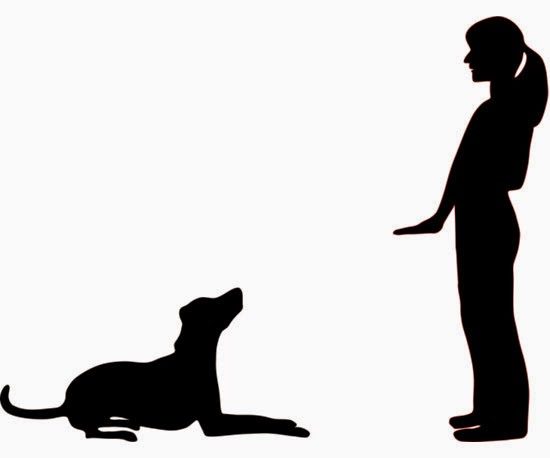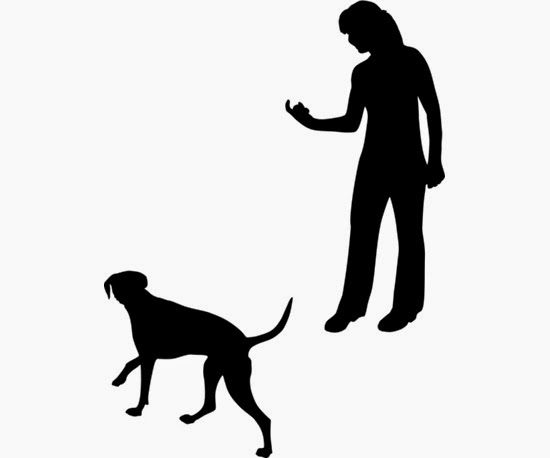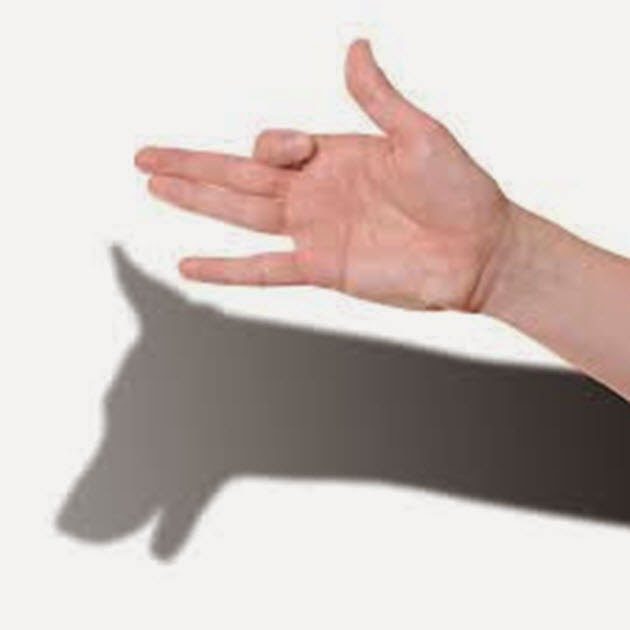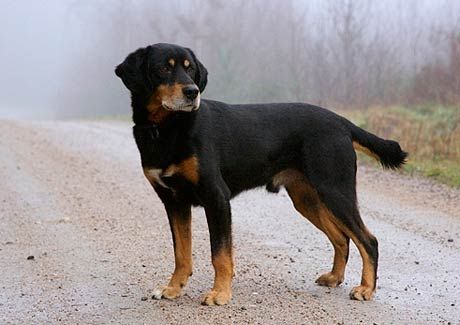Canines are visually oriented animals and will understand hand signals for dogs very well. They can read your body language more easily than understand your spoken words.
Dog Training Hand Signals should be a chapter in every dog training manual. Training your dog to respond to hand signals can be fun to teach and very easy for your dog to learn, understand and obey.
Hand signals are sign language. You use your hands to signal to your dog what you want him to do, such as sit or lie down. There are some standard hand signals recognized by most dog trainers, but you can also create your own signals to train a dog.

The first thing to do is to choose a specific and clearly identifiable hand movement or gesture to associate with each command. Getting your dog to respond to that gesture is merely the act of repetition till you succeed.
You start with issuing the verbal command performing the chosen gesture at the same time. You reward the dog with a treat each time the command is obeyed.
When there is clear and spontaneous response to the verbal command and hand signal combination, you then drop the verbal command and start over again only with the hand signal, rewarding the dog with a treat each time the hand signal is obeyed.
Repeat continuously till there is a spontaneous response to the hand signal. Drop the food reward and continue only with the hand signal till there is a clear and spontaneous response.
Now you have mastered dog training hand signals, and will be having your dog, coming to you, sitting down, or lying down near you all on the movements of your hand.
1. Sit
Begin the training session by standing your dog in front of you, with your hands hanging normally and loosely by your sides and with a treat in the hand that you have chosen to use in the signal.
Begin the dog training hand signal by bringing the hand slowly and deliberately up, folding it at the same time as if you are about to throw something over. Let your movement be gradual and reward the dog with the treat as soon as it ‘sits’. Repeat till there is no hesitation by the dog in responding to the command.
Repeat hand signal without verbal command till the dog responds without any hesitation, rewarding each time with a treat. Then repeat the hand signal with intermittent rewards, then one reward every three to four commands and finally no rewards at all.
Test hand signal for spontaneous response without any reward.
2. Down
Begin this session by sitting your dog in front of you, with your hands hanging normally and loosely by your sides with a treat in the hand that you have chosen to use in the signal.
The hand movement for this signal would be the raising your hand above your head. Follow the same procedure as you did in the ‘Sit’ command and test finally for spontaneous response without any reward.
3. Come
Begin this session with the dog in front of you, and your hands hanging normally and loosely by your sides with a treat in the hand that you have chosen to use in the signal.
The hand movement for this signal would be raising your hand to touch the opposite shoulder. If you are using your right hand touch your left shoulder.
Follow the same procedure as you did in the ‘Sit’ and ‘Down’ commands and test finally for spontaneous response without any reward.
4. Stay
Like a crossing guard would show at intersections, holding a hand with the palm facing out and forward means stop or “stay.” Try alternating this signal with the “come” gesture for an impromptu red light/green light training game.
5. Bring It
This is a key command to any game of fetch — unless you want to be doing all the retrieving yourself. In addition to giving the verbal command, place your hand at doggie eye level with palm facing the pooch, which gives you the perfect placement to then receive the item as he learns to let it go right in your hand.
Train with repetition
Continue to practice all of the commands, using hand signals when walking, before feedings, or when letting the dog in from relieving themselves. This is not about control but canine communication and building habits.
Tips
- Dogs that are trained for work in the movies, all respond to hand signals so when you see dogs in the movies do great things,understand that they are obeying hand signals.
- Practice with your dog often and once he’s got it down, offer verbal or physical praise as opposed to treats. Some dogs become too reliant on the treats and will not perform if a treat is not being offered.
Warnings
- Do not exceed about 10-15 minutes of training time, your dog may get bored and the learning could become a struggle of wills rather than productive.
- Make sure your dog has plenty of breaks during training sessions






